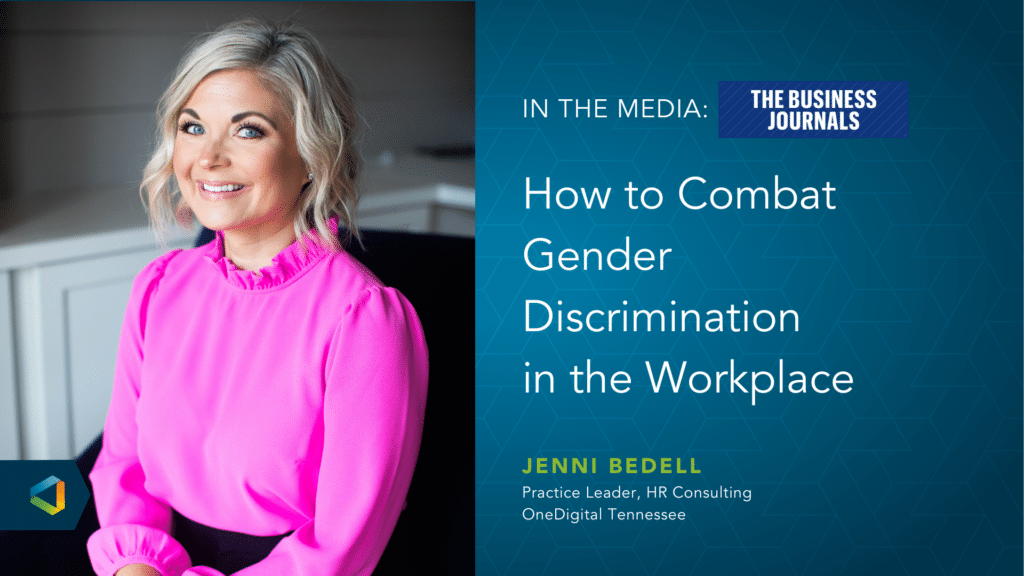Better Benefits, No Headaches
Unconscious Bias – What It Is and How to Manage It
Unconscious Bias – What It Is and How to Manage It
Unconscious bias is prejudice in favor of or against another person or group of people. We ALL have it. It is not inherently bad and it is not the same as discrimination. It just is.
Our brains are wired to use shortcuts to make assumptions and reach conclusions about people without active thought or reason. It is a survival mechanism and what triggers fight or flight responses. 99.9% of the information we receive is handled by our unconscious minds.
Biases or snap judgements can create advantages or disadvantages. For example, you may consider someone who is like you or shares similar interests or qualities in a favorable light. You may have a positive or negative opinion of someone based upon how they dress, look or act. Here are several types of bias to be aware of:
- Affinity Bias – people who are like you or share qualities with you
- Attribution Bias – how we perceive motives behind our actions versus others’ actions
- Appearance Bias – judging someone’s competence or lack thereof based on their weight, how they dress, how they look
- Conformity Bias – letting my views be swayed so that I am accepted by the group
- Confirmation Bias – seeking evidence to support my initial judgement
- Gender Bias – preference for one gender over another based upon a role or gender stereotypes
- Horn Effect – allowing one negative trait to overshadow other positive traits
- Halo Effect – allowing one positive trait to overshadow other negative traits
Conscious bias is a choice; unconscious bias is an involuntary reaction. It is important not to ignore our unconscious bias but identify what our unconscious biases are and interrupt them. We need to learn who or what triggers our biases and think about how we respond and how we might alter how we respond. It is important to forgive yourself for any past unconscious bias and take the opportunity to consciously learn what your unconscious biases are and make the effort to do better. As Maya Angelou said, “Do the best you can until you know better. Then, when you know better, do better.” If you wish to learn more about your unconscious bias, the Implicit Association Test (IAT) measures attitudes and beliefs that people may be unwilling or unable to report. The IAT may be especially interesting if it shows that you have a bias that you did not know about. You need to take this test several times to determine whether you have a pattern of bias rather than just once.
Instead of making assumptions, ask questions. Consider your everyday language. Are you using inclusive language? Are you acting defensively? Are you categorizing people into groups or using negative terminology? Are you using humor at someone else’s expense?
Ask others for their feedback and be open to receiving it. Clarify understanding. Use self-reflection to focus on your own behaviors. As Dolly Chugh says in her book, How Good People Fight Bias: The Person You Mean to Be,
“I believe bias of all forms is wrong. I am a believer. Still the person I mean to be is more than just a believer. The person I mean to be stands up for those values. The person I mean to be fights bias. Sometimes, I do. Sometimes, I don’t. Sometimes, I want to, but don’t know where to start. Sometimes, I don’t notice bias and am surprised or defensive when others point it out. Sometimes, I – the one who studies bias for a living - am the problem. I am that well-meaning friend, that polite parent, that staring customer. I mean to do better. As a believe in these values, I need to do better.”




